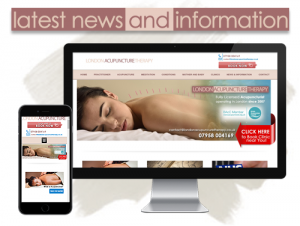


ECZEMA
This is a common, itchy skin disease with erythema & vesicles, which may lead to weeping & crusting. It is endogenous/constitutional – as opposed to dermatitis, although the terms are often interchanged in some contexts. Atopic eczema affects up to twenty per cent of the population & is linked in occurrence with asthma & hay fever.
Rarer types of eczema include seborrhoeic eczema (affects scalp, nose, lips, eye-lids; associated with Pityrosporum yeasts & common in AIDS patients); discoid eczema which occurs in adults only with coin-shaped lesions; pompholyx eczema affecting the palms of the hands and the soles of the feet; and gravitational or varicose eczema associated with poor venous circulation.
Standard treatment involves topical or systemic corticosteroids or PUVA or ciclosporin. Emollients are also important, especially in mild cases.
PUVA (photochemotherapy) is a process that involves the combination of Psoralen, a light-sensitive drug, and exposure to long wave UV light. It is actually based upon a traditional Eastern practice for the treatment of vitiligo and was introduced into the west in 1973, initially for treating psoriasis. Some other conditions, such as eczema, have also been found to repond. The Psoralen is usually taken in tablet-form but may be administered in a bath, and the UVA is administered by specially designed light cabinets with large numbers of flourescent tubes.
Ciclosporin is an immunosuppresan.


